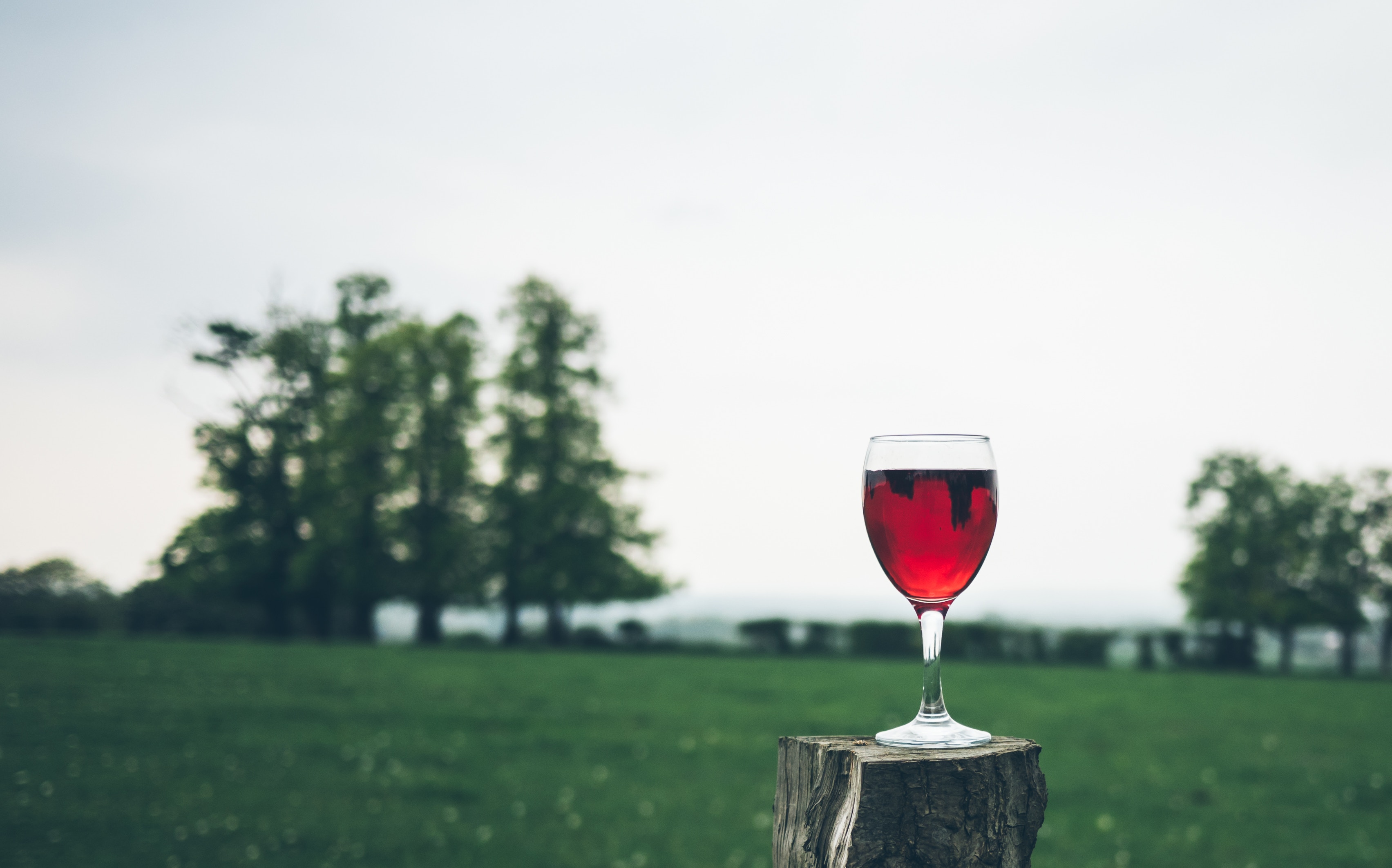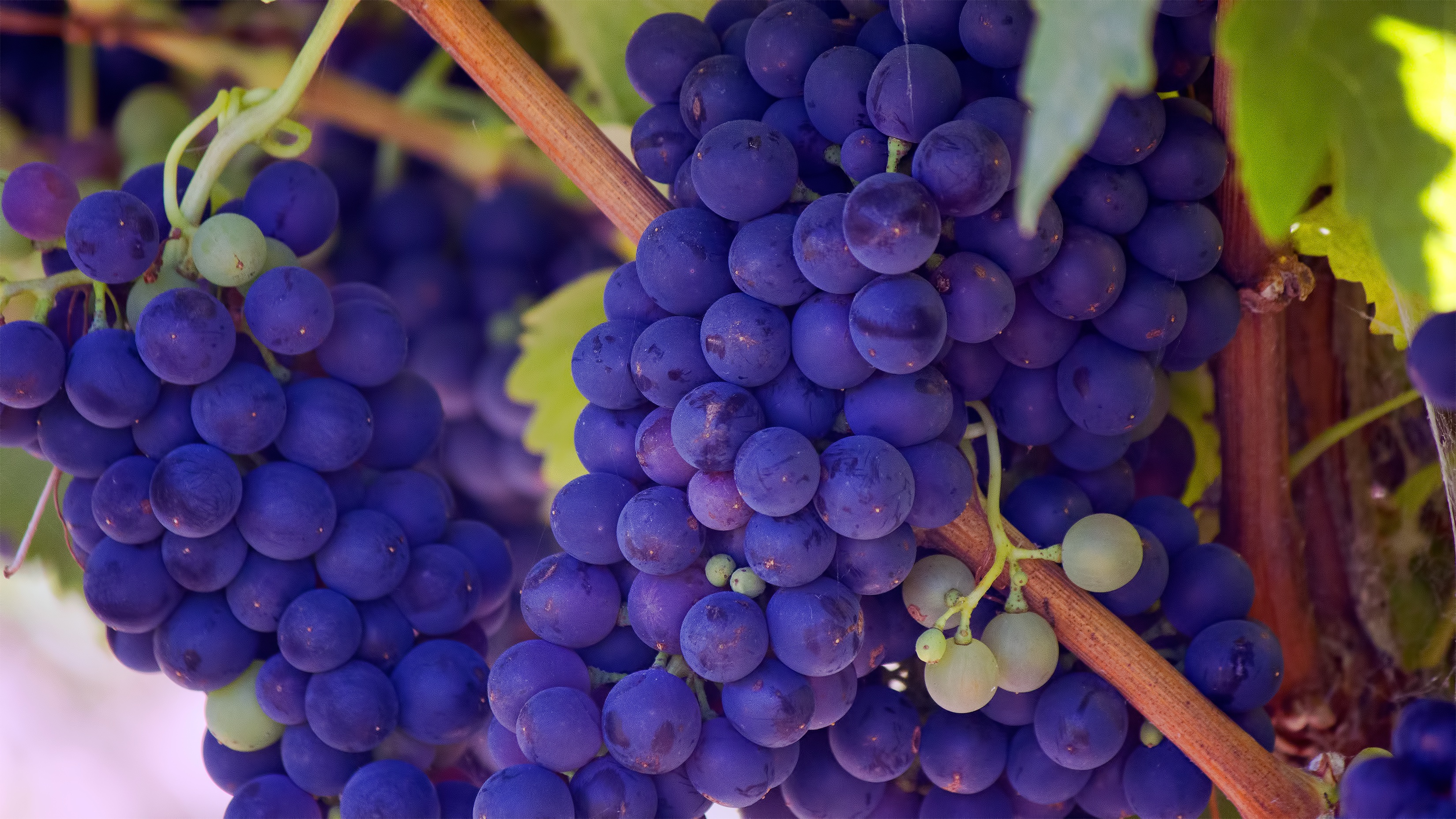CRAV-ing Wine
Wine, in Ireland, has a funny old reputation. If you like wine, you’re often told you’re a bit of a ponce, and sure what’s wrong with a vodka and coke. I linger on the peripheries of what wine culture does exist here: too broke to enjoy it to the max (excise tax, never think it’s anything other than excise tax), I tend to peruse shelves in shops rather than enjoy a bottle in a restaurant.
I’m a solid believer in wine. I love where it can take you, the conversations it can bring. One of the greatest pleasures, for me, is coming across a grape or region I had previously been unaware of, and slowly dissecting it by smell, taste, texture, altitude and climate. Stumbling upon unassuming oenophiles spending hours babbling about what’s in our glasses.
For many Irish people, the journey into wine begins with products from one of two countries: France or Chile. We’re inundated with horrific varieties from both, meaning people tend to think of wine as a substance to get you drunk fast and leaves you with a banging hangover. In college, we used to throw Sprite or Diet Coke on top of our wine to make them more palatable. We threw Sprite into a lot of things.

Though no longer the epicentre of the wine world, France is undoubtedly the country to attract the most attention. Sure, you pay astronomical amounts for some French wines, there are so many regions it’s difficult to remember them all, but pride and passion the country’s winemakers exude make it so, so interesting.
Early last year, news broke from the South of France; French winemakers were tearing through supermarkets spilling Spanish wines wine down the aisles. Cheap, nasty Spanish wine had been imported into the country and sold in bag-in-box, often 5 litres or more. French winemakers were enraged that this noxious liquid was allowed on the shelves, interpreting it as the government’s way of denouncing support for the French wine industry.
French laws regarding wine, are tight and difficult to navigate. Take the land laws in Burgundy which today mean a hectare of land can cost upwards of €600k, or the appellation laws of Bordeaux which can dictate a winemaker’s livelihood with the swish of a pen. Wine labels and names must adhere to stringent rules. Winemakers have to comply with a litany of rules that an outsider couldn’t begin to understand. To then allow cheap, foreign wines enter an already competitive market was the final straw for many of the country’s wine producers.

CRAV – Comite Regional d’Action Viticole, is a group of militant vignerons in the South of France effectively defending the honour of French winemaking. Their methods can’t be condoned, they’ve lit dynamite in a supermarket, but why they’ve come to be is unmistakably fascinating. Every bottle of “New World” wine that creeps into the EU, CRAV sees as a larger systemic issue which will cause the demise of French vinification. They’re calling for higher tariffs to be placed on New World wines, but also onto Spanish and Italian wines, which French parliament has no control over, given that they fall under EU trade agreements.
>CRAV, and the many vignerons they’re fighting for, feel that they’ve been let down at every hurdle, infuriated at the government’s unwillingness to protect French winemaking, an inherent part of France’s cultural landscape. Here in Ireland, we sip on the end product, detached from its origins. Wine is the product of farming – using the land that surrounds you, cultivating it and producing a product. Farming is something that runs through our bones, yet we seem so disillusioned by winemaking as a farming technique.Perhaps our understanding and generations of farming will make it easier to fathom what drives CRAV to respond to the situation they see themselves in.

If this all seemed a bit heavy, try this glorious tweet out for size.
